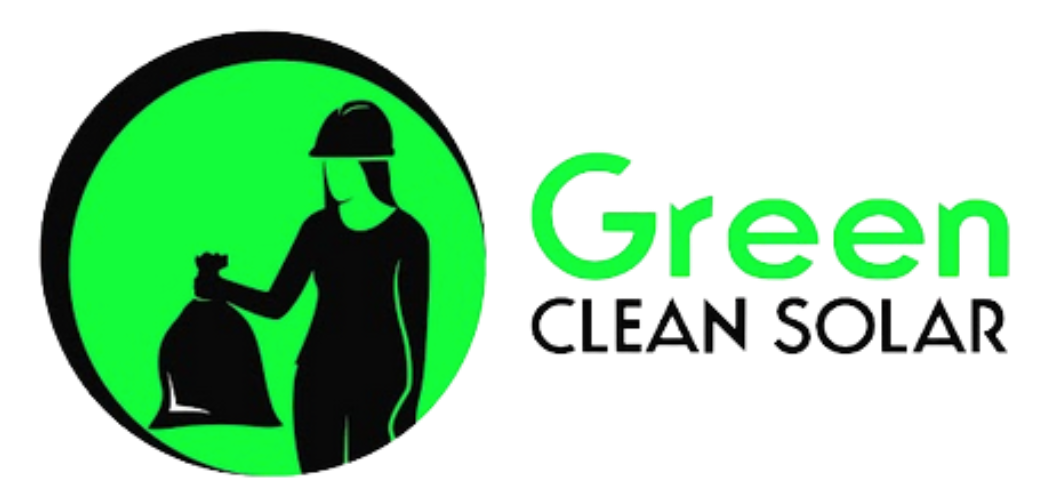What Can the Solar Industry do to Help the Global Aluminum Shortage?
- Emilie O'Leary

- Aug 28, 2024
- 3 min read

Did you know there’s a magic metal used daily in the Solar Industry? That metal is aluminum, and it’s called a magic metal because it can be recycled repeatedly without losing its core quality. This is why about 75% of all aluminum that has ever been put into production is still in use today, actively being recycled back into the system, according to the Aluminum Association. While bauxite mining for virgin aluminum is not ideal, taking used aluminum and recycling it back into the system for new aluminum is a great system that everyone can support.
The aluminum shortage isn’t a result of aluminum being rare like the other precious metals in some panels, such as cadmium, selenium, gallium, indium, silicon, or tellurium. In fact, aluminum is one of the most abundant elements on earth; oxygen, silicon, iron, and aluminum account for 88.1% of the earth’s crust. The reason there’s an aluminum shortage is multi-pronged.
Demand has increased for aluminum. Recycling rates for aluminum need to grow, meaning more people and businesses could be recycling aluminum and ensuring no aluminum ends up in landfills. Many sectors have had to brace for aluminum shortages as China caps the production and export of aluminum. We need more aluminum recycling because bauxite mining is incredibly energy-intensive while recycling aluminum requires just 5% of the energy it takes to mine virgin aluminum.

Many more factors impact the aluminum supply chain, but there’s one thing the solar industry can do to help this shortage - implement recycling mandates for aluminum.
The Problem - Sending aluminum to landfills
A study published in Nature Sustainability predicts that by 2050, the growth of worldwide solar could be 60TW of PV and could require 486 Mt of aluminum.
A major concern for such high aluminum demand is the implications on climate change trends, making it of the utmost importance to leverage recycled aluminum.
Demand for scrap aluminum is incredibly high as worldwide supply chains have locked. Emissions on virgin aluminum are detrimental to reducing carbon emissions. The International Aluminium Institute's upper limit for keeping global heating below 2 degrees is 1,500 megatonnes of CO2 by mid-century. These efforts require massive worldwide recycling efforts.
It's sometimes easy to overlook highly recyclable materials on job sites when they seem like trash that just needs to be cleared asap to start commissioning. Even when we want to "do the right thing," that right thing can have many hurdles and can take a lot of effort when you're managing a site. Sometimes critical materials, like aluminum, get sent to the landfill, whether we intended them to or not.
When small to large-scale solar projects result in excess materials, those materials often include racking and framing that often contain aluminum. Aluminum and glass must be separated in order for aluminum to be recycled, and this can be an undertaking that requires getting ahold of the right recyclers that will get the job done.
In the design phase, we can gain some efficiency in solar yield with improved panel configurations, reducing the amount of aluminum per project. However, even with those efficiency gains, the incredible demand for aluminum means we need all hands (an aluminum) on deck. We need zero-waste planning on all sites and a movement to save every piece of aluminum for recycling.
The Solution - Improving Solar Waste Management Best Practices
What’s the solution to taking care of our aluminum supply?
Closing the loop on aluminum with reuse and recycling practices.
As inflation increases and supply chains tighten, the scarcity of aluminum will naturally drive more recycling. But we can get started far before we feel such a massive supply crunch.

Share of primary and recycled aluminum through 2050, based on 2019 collection rates for end-of-life products. Source: IAI.)
When it comes to aluminum, our recycling efforts today will pay off in our solar equipment purchasing tomorrow by helping keep supply up as demand increases. The United States has industrial scrap recycling facilities across the country. Coupled with the country’s efforts to drive domestic solar panel manufacturing, aluminum (and steel, for that matter) are incredibly important industries to support with more supply via recycling efforts.
How do we do that? Implementing a waste action plan before projects commence is the way to help divert aluminum from going to the landfill. When we access the materials we have leftover, or in decommissioning, we commit to a zero-waste mindset; we can start making sure that essential metals that are incredibly versatile can be put back into the recycling system to be turned into new products over and over again.
Let Green Clean Solar Recycle Your Aluminum!
Let our solar waste diversion experts help your team recycle the magic metal aluminum. The future of solar manufacturing depends on the efforts we make today.
Call or text - 770-229-7168
Resources:




Comments